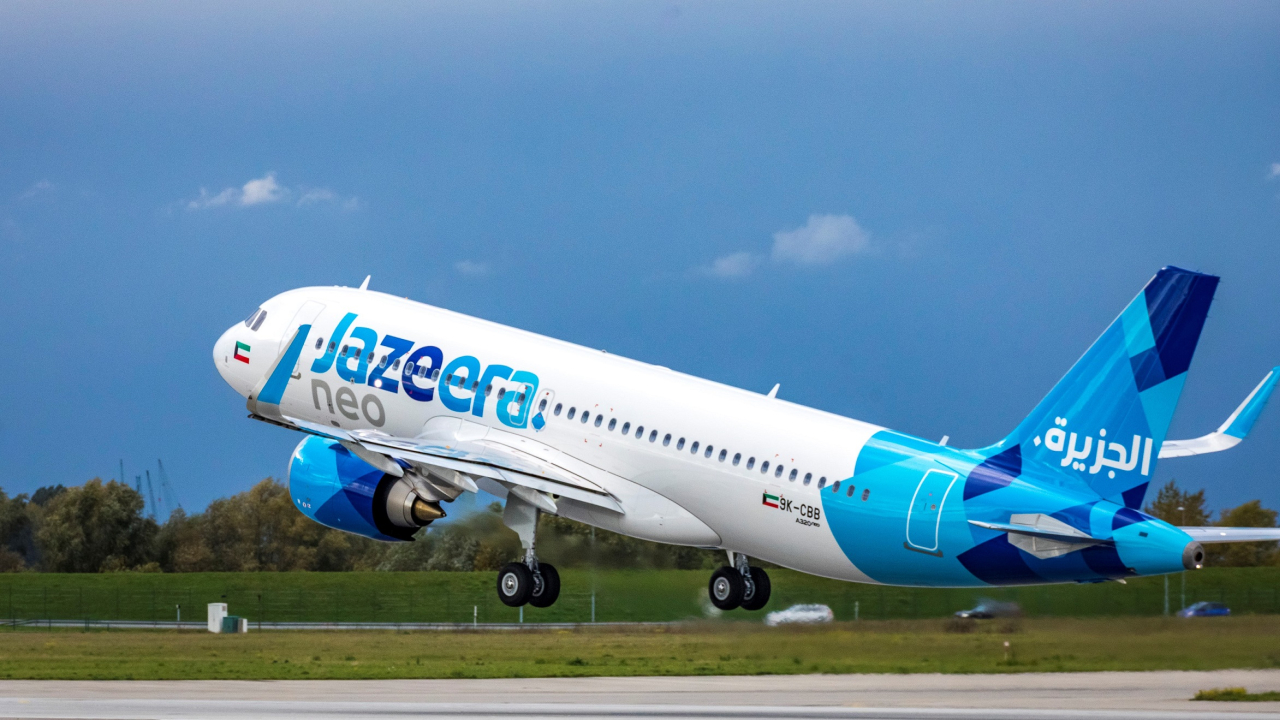ATSB outlines the cause of the A380 engine failure

The Australian Transport and Safety Bureau (ATSB) released a report this morning outlining the reasons behind the uncontained failure of the Rolls-Royce engine and recommended an one-off inspection of the engine within two flight cycles - a frequency above the 20 cycle inspection mandated by EASA after the incident.
This will affect both Singapore Airlines and Qantas who use R-R engines on their A380s. Emirates aricraft are unaffected as the Dubai carrier's A380 fleet is powered by the GE/P&W Engine Alliance
The ATSB report said "While the analysis of the engine failure is ongoing, it has been identified that the leakage of oil into the HP/IP bearing structure buffer space, and a subsequent oil fire within that area, was central to the engine failure and IP turbine disc liberation event"
"Further examination of the cracked area has identified the axial misalignment of an area of counter-boring within the inner diameter of the stub pipe; the misalignment having produced a localised thinning of the pipe wall on one side. The area of fatigue cracking was associated with the area of pipe wall thinning."
The failure led to the Qantas A380 losing part of its engine cowling and other components, and damaged its wing, shortly after take-off from Singapore. The pilots made an emergency landing at the same airport.
Stay up to date
Subscribe to the free Times Aerospace newsletter and receive the latest content every week. We'll never share your email address.

